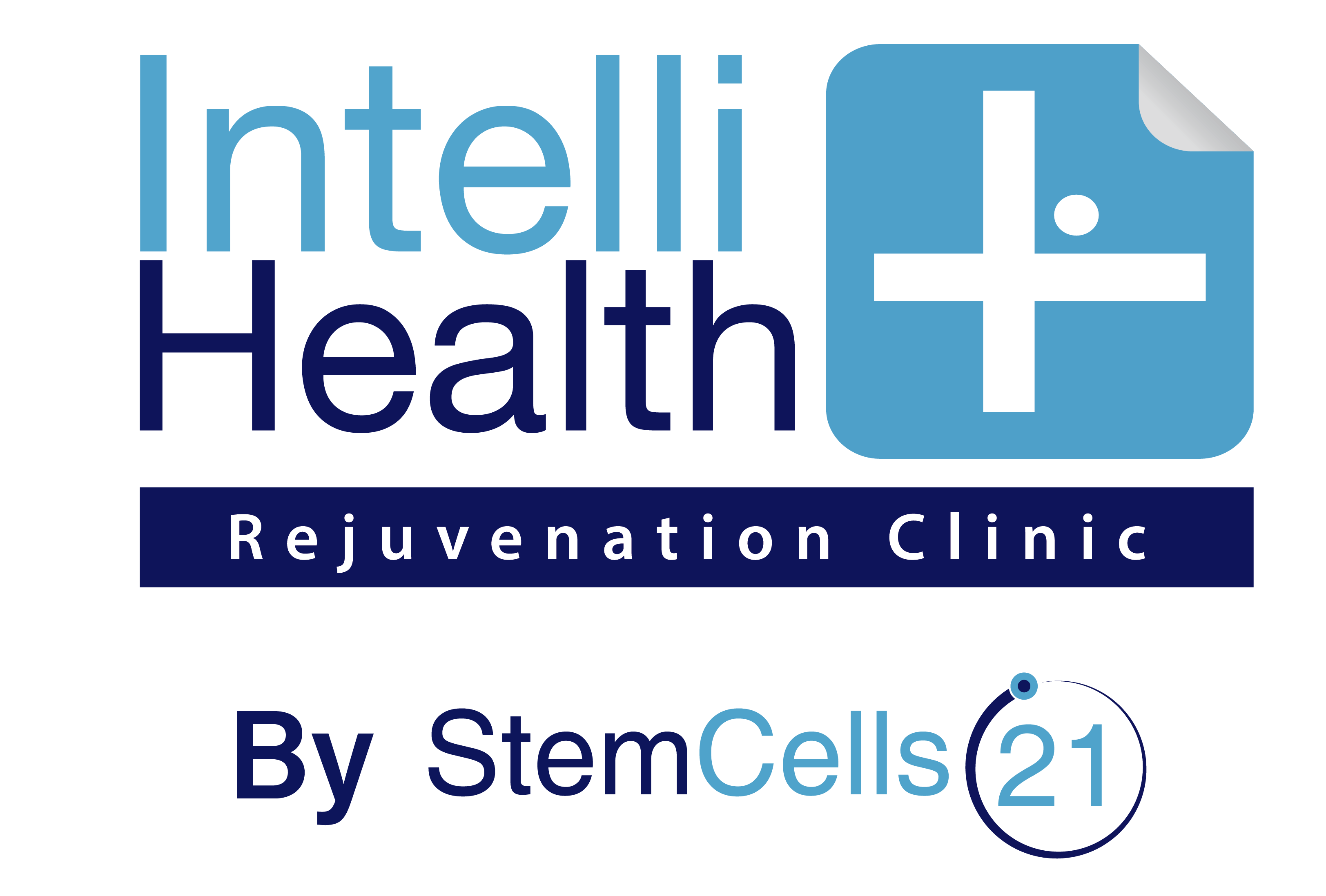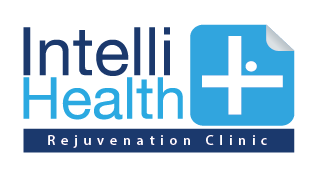Migraine can be a debilitating condition that is underdiagnosed and challenging to treat. This can be seen especially in BIPOC (Black, Indigenous, and People of Color) populations. People of Color are less likely to receive the diagnosis of migraine and the treatment than white people.
In fact, only 47% of African have an official migraine diagnosis, compared with 70% of white people in the country. And other research found that Latino people are 50% less likely to receive a formal migraine diagnosis than white people. These disparities can impact treatment and therapies.
While these figures could lead to the conclusion that white people experience more migraine episodes than other groups, an analysis of nine studies looking at the average prevalence of severe headache or migraine from 2005 to 2012 in the U.S. found that the prevalence rates of episodes across all groups were similar:
17.7% of Native American people
15.5% of white people
14.5% of Hispanic people
14.45% of Black people
9.2% of Asian people
Furthermore, females in all groups were approximately twice as likely to experience migraine episodes than males.
Overall, studies that discuss migraine and use racial and ethnic differences for clarity often do not consider contributing factors. Further research is warranted, and this should consider behavioral, environmental, genetic, and socioeconomic factors, as well as access to healthcare.
Causes of Migraine
Experts think that migraine episodes may stem from changes in the brain that affect the:
- Way nerves communicate
- Balance of chemicals
- Blood vessels
Genetic features may also play a role — having a family history of migraine is a common risk factor.
Migraine triggers vary from person to person. They commonly include:
- Hormonal changes, such as those related to menstruation
- Emotional triggers, such as stress, depression, anxiety, and excitement
- Dietary factors, including alcohol, caffeine, chocolate, nuts, cheese, citrus fruits, and foods containing the additives tyramine and monosodium glutamate (MSG)
- Medications, such as sleeping pills, hormone replacement therapy (HRT), and some birth control pills
- Environmental factors, including flickering screens, strong smells, secondhand smoke, loud noises, humidity, stuffy rooms, temperature changes, and bright lights
Some other possible triggers include:
- Tiredness
- A lack of sleep
- Shoulder and neck tension
- Poor posture
- Physical overexertion
- Low blood sugar
- Jet lag
- Irregular mealtimes
- Dehydration
Risk factors
There is a slightly higher risk for people with:
- Depression
- Dipolar disorder
- Fibromyalgia
- Irritable bowel syndrome
- Overactive bladder
- Sleep disorders
- Obsessive-compulsive disorder
- Anxiety
Gold Thread Bio-Stimulation Therapy
Gold Thread BioStimulation Therapy – 99.99% Pure Gold Thread Nano Coating is now implanted into acupuncture points, to amplify the electrical potentials of a particular set of acupuncture points and meridians, achieving pain relief by means of decongesting blockages in meridians.
Implanted into acupuncture points which response as unbearable pain upon diagnostic pressure. Implantations on top of the head has shown to effectively relieve most headache. However, stimulating of coordinating acupuncture points maybe needed depending on the type of headache. The following are effective acupuncture points for various type of headache.
Book a FREE Consultation Now
IH+ Contact Form
Contact our international team of medical professionals with language services available in English, Thai, Arabic, Chinese, Spanish, and Russian.
Please indicate your preferred language and we will do our best to accommodate your request.

